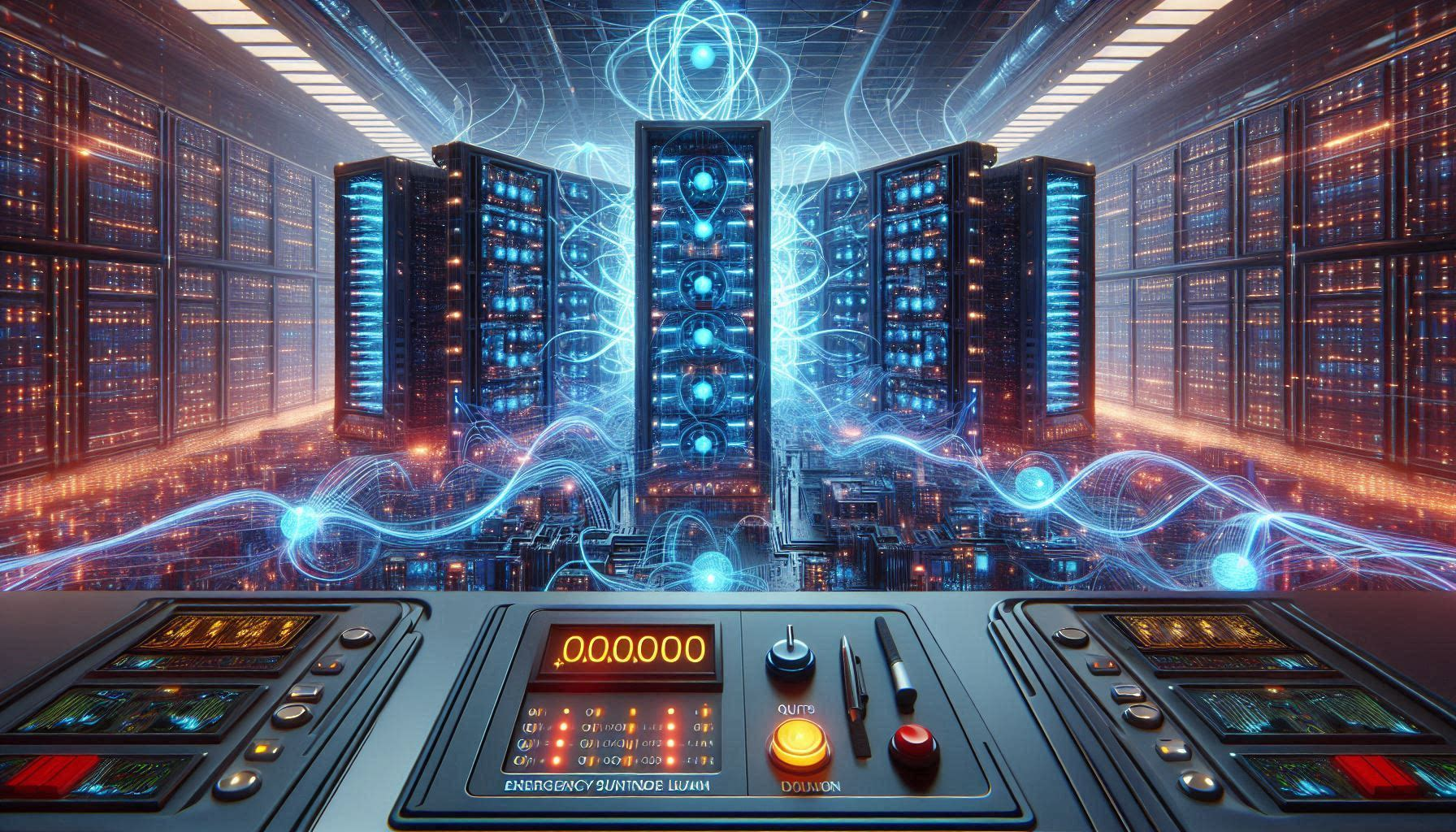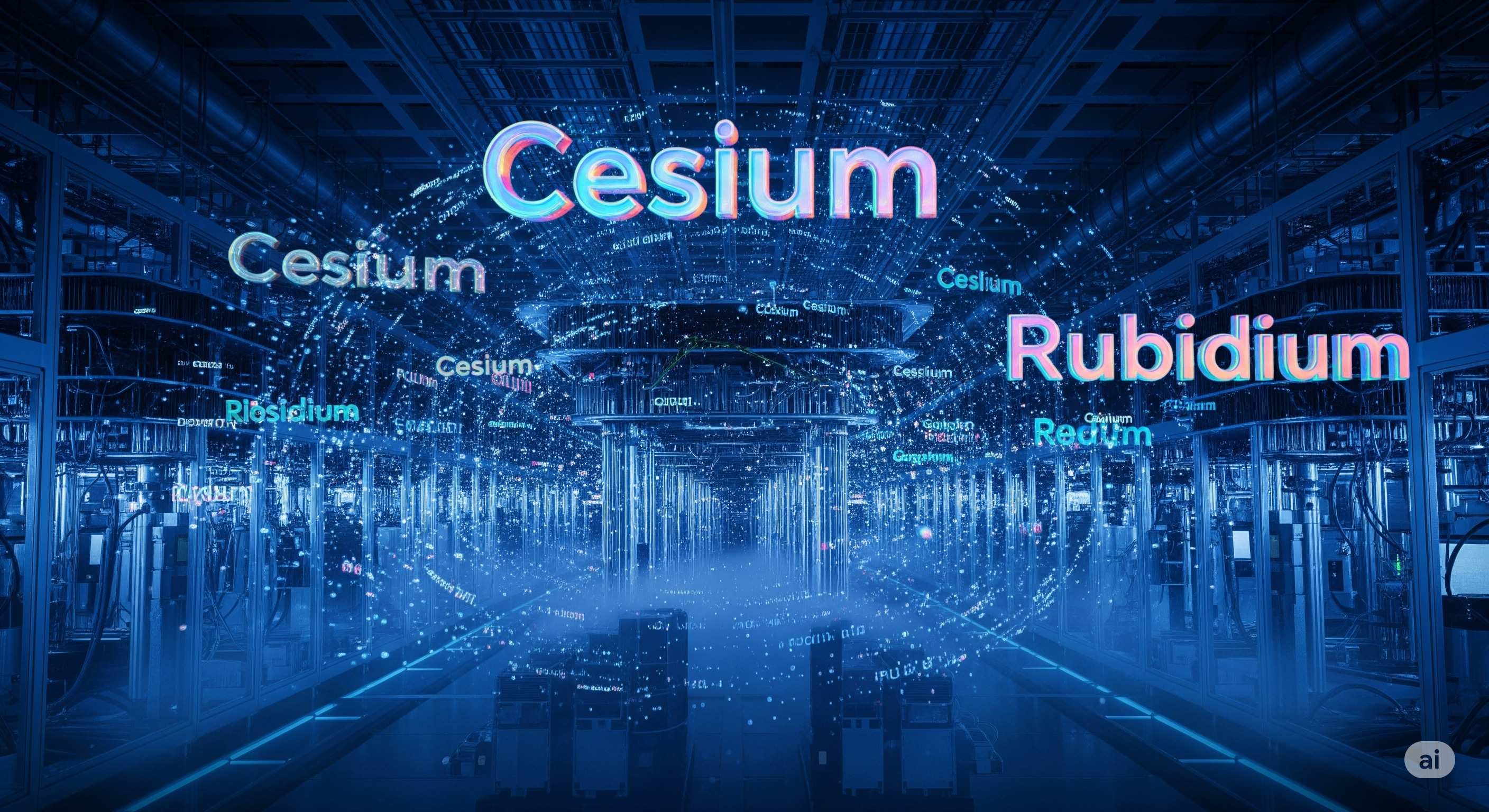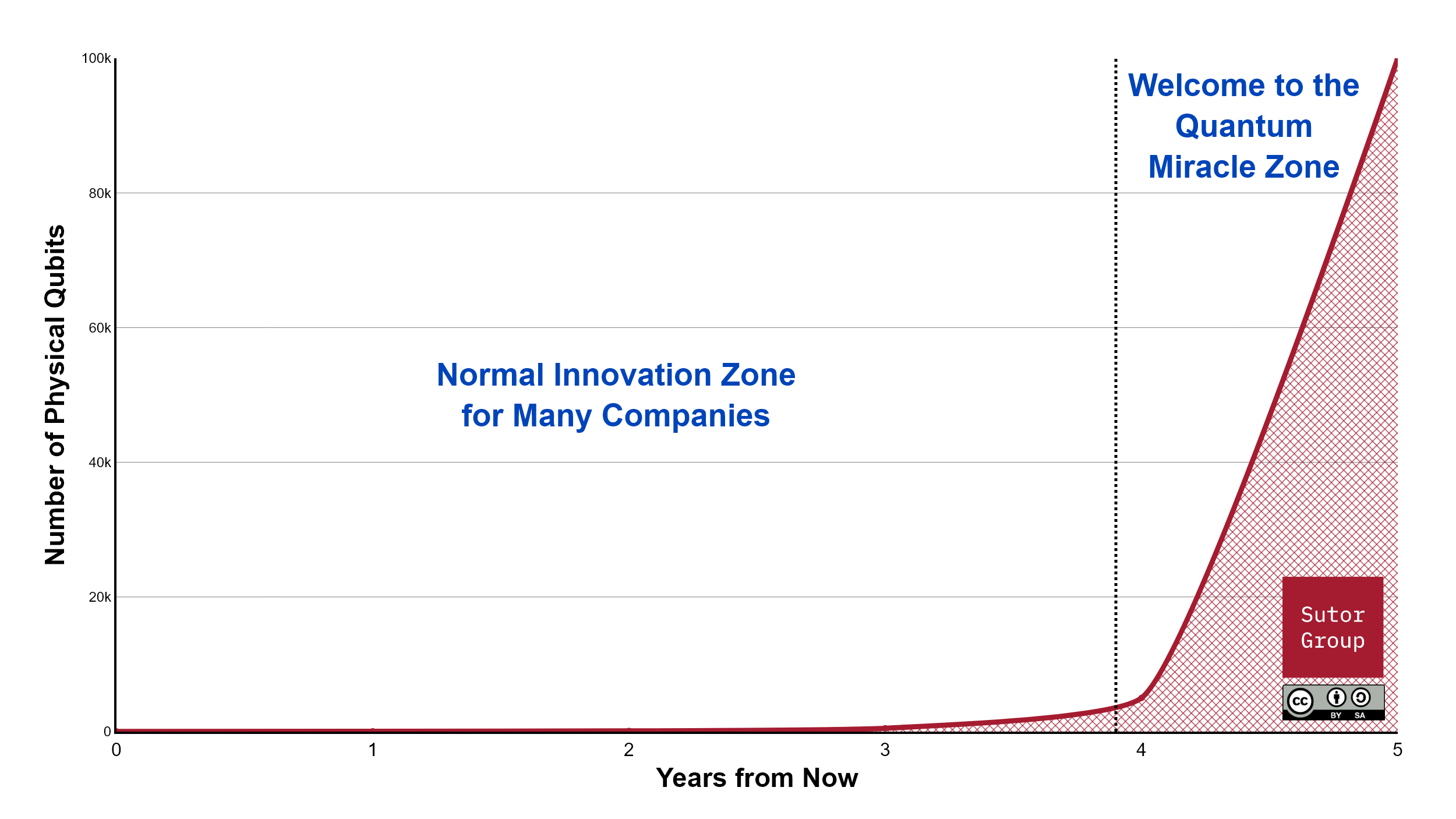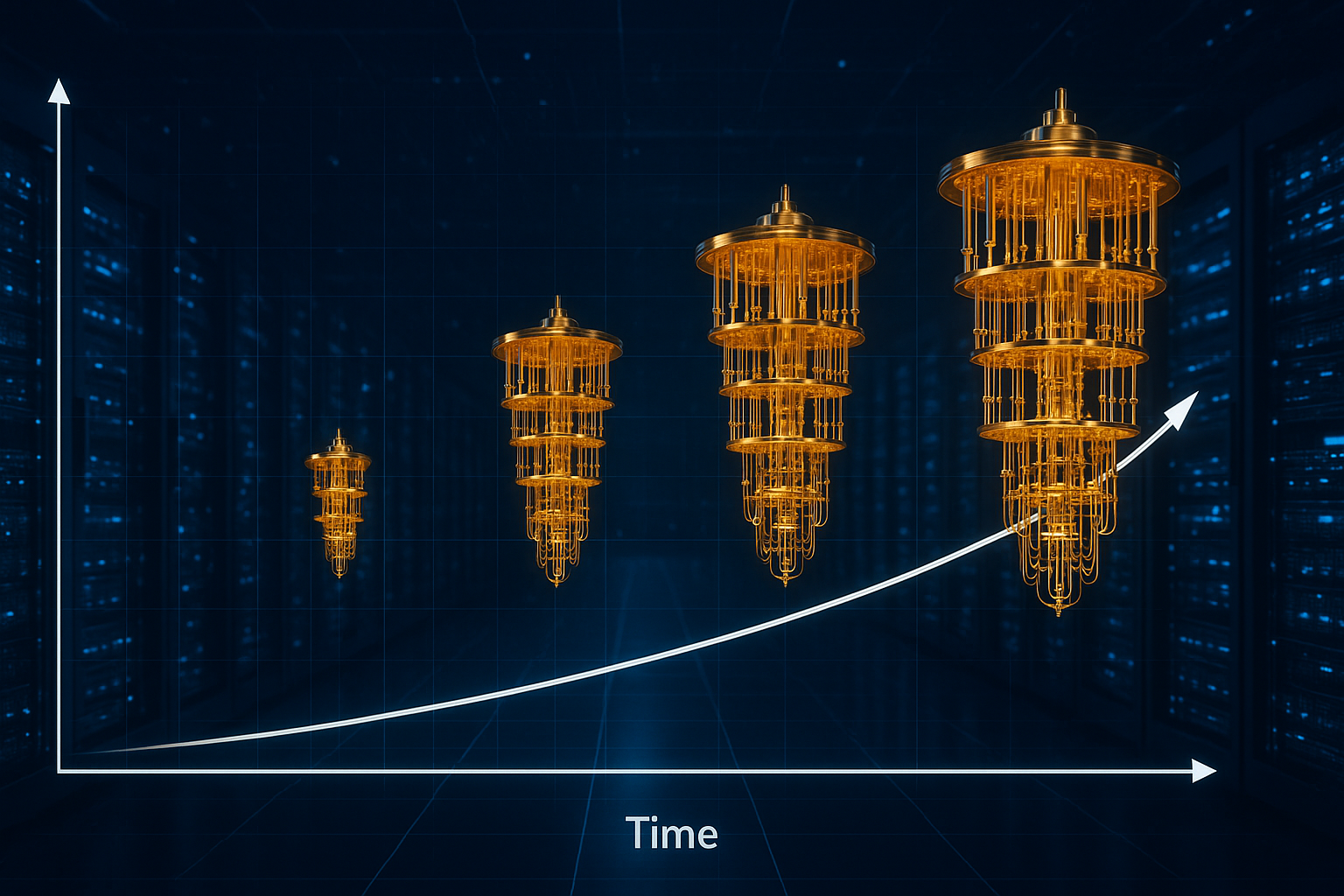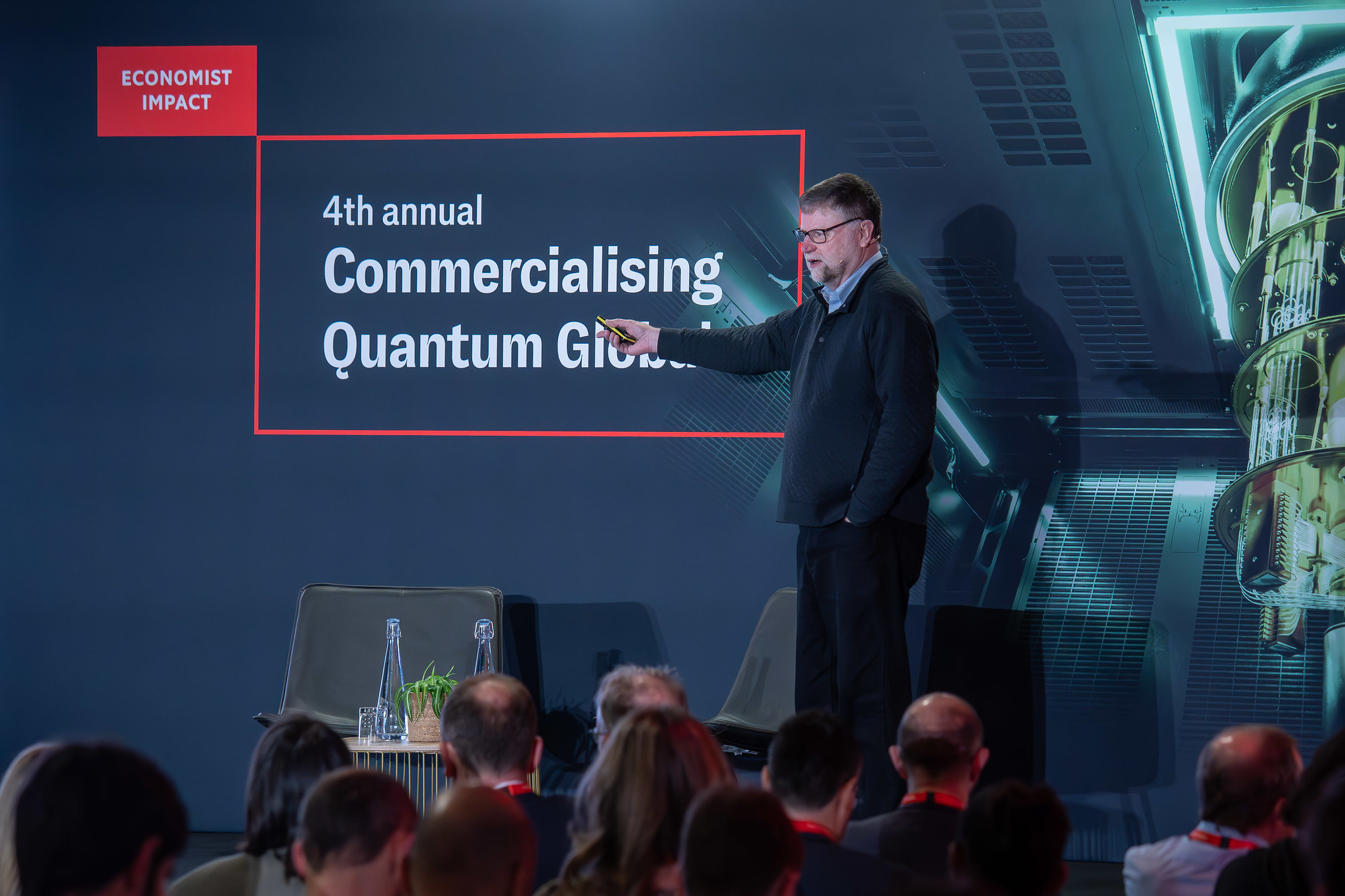A selection of the most important recent news, articles, and papers about Quantum.
Today’s collection has a special focus on quantum networking and communication, plus some teleportation and error correction.
General News, Articles, and Analyses
Quantinuum achieves moonshot years ahead of schedule, demonstrating fault-tolerant high-fidelity teleportation of a logical qubit
(Friday, September 20, 2024) “While it sounds like a gadget from Star Trek, teleportation is real – and it is happening at Quantinuum. In a new paper published in Science, our researchers moved a quantum state from one place to another without physically moving it through space – and they accomplished this feat with fault-tolerance and excellent fidelity. This is an important milestone for the whole quantum computing community and the latest example of Quantinuum achieving critical milestones years ahead of expectations.”
Super Photons Unveiled: Sculpting Light Into Unbreakable Communication Networks
Honeywell Partners with European Space Agency to Protect Sensitive Information Transmitted by Satellite
(Wednesday, October 2, 2024) “Honeywell (NASDAQ: HON) today announced a new Public-Private Partnership with the European Space Agency (ESA) to provide Honeywell’s Quantum Key Distribution Satellite (QKDSat), an ultra-secure telecommunications satellite that helps keep the exchange of sensitive information secure and private. The partnership supports Honeywell’s alignment of its portfolio with three powerful megatrends, including the future of aviation.”
QKD, cryptographic keys and quantum networks – Telefónica
https://www.telefonica.com/en/communication-room/blog/qkd-cryptographic-keys-quantum-networks/
Authors: Antonio Pastor; Diego López; Jesús Folgueira; and Rafael Cantó Palancar
(Thursday, October 3, 2024) “One of the most important challenges posed by the creation of a new technology is the possibility of evaluating its operation in realistic environments. This has been Telefónica’s objective when participating with its own infrastructure in the MadQCI quantum communications network. This network has positioned itself as one of the national infrastructures available to evaluate the future EuroQCI network, the pan-European network that will make QKD (Quantum Key Distribution) technology available to different public entities, such as administrations and governments. MadQCI is operational thanks to the collaboration of universities and research centers, such as the Polytechnic University of Madrid and the IMDEA Software Institute of the Community of Madrid, and the leading manufacturers of network equipment and QKD systems (ID Quantique, Toshiba, ADVA, Rohde & Schwarz and Quside, among others).”
Technical Papers, Articles, and Preprints
Phys. Rev. Lett. 133, 093602 (2024) – Bose-Einstein Condensation of Photons in a Four-Site Quantum Ring
https://journals.aps.org/prl/abstract/10.1103/PhysRevLett.133.093602
Authors: Andreas Redmann; Christian Kurtscheid; Niels Wolf; Frank Vewinger; Julian Schmitt; and Martin Weitz
(Friday, August 30, 2024) “Thermalization of radiation by contact to matter is a well-known concept, but the application of thermodynamic methods to complex quantum states of light remains a challenge. Here, we observe Bose-Einstein condensation of photons into the hybridized ground state of a coupled four-site ring potential. In our experiment, the periodically closed ring lattice superimposed by a weak harmonic trap for photons is realized inside a spatially structured dye-filled microcavity. Photons thermalize to room temperature, and above a critical photon number macroscopically occupy the symmetric linear combination of the site eigenstates with zero phase winding, which constitutes the ground state of the system. The mutual phase coherence of photons at different lattice sites is verified by optical interferometry.”
MadQCI: a heterogeneous and scalable SDN-QKD network deployed in production facilities | npj Quantum Information
https://www.nature.com/articles/s41534-024-00873-2
Authors: Martin, V.; Brito, J. P.; Ortíz, L.; Méndez, R. B.; Buruaga, J. S.; Vicente, R. J.; Sebastián-Lombraña, A.; Rincón, D.; Pérez, F.; Sánchez, C.; Peev, M.; Brunner, H. H.; Fung, F.; Poppe, A.; Fröwis, F.; Shields, A. J.; Woodward, R. I.; Griesser, H.; Roehrich, S.; de la Iglesia, F.; …; and López, D.
(Monday, September 2, 2024) “Current quantum key distribution (QKD) networks focus almost exclusively on transporting secret keys at the highest possible rate. Consequently, they are built as mostly fixed, ad hoc, logically, and physically isolated infrastructures designed to avoid any penalty to the quantum channel. This architecture is neither scalable nor cost-effective and future, real-world deployments will differ considerably. The structure of the MadQCI QKD network presented here is based on disaggregated components and modern paradigms especially designed for flexibility, upgradability, and facilitating the integration of QKD in the security and telecommunications-networks ecosystem. These underlying ideas have been tested by deploying many QKD systems from several manufacturers in a real-world, multi-tenant telecommunications network, installed in production facilities and sharing the infrastructure with commercial traffic. Different technologies have been used in different links to address the variety of situations and needs that arise in real networks, exploring a wide range of possibilities. Finally, a set of realistic use cases has been implemented to demonstrate the validity and performance of the network. The testing took place during a period close to three years, where most of the nodes were continuously active.”
High-fidelity teleportation of a logical qubit using transversal gates and lattice surgery | Science
https://www.science.org/doi/10.1126/science.adp6016
Authors: C. Ryan-Anderson; N. C. Brown; C. H. Baldwin; J. M. Dreiling; C. Foltz; J. P. Gaebler; T. M. Gatterman; N. Hewitt; C. Holliman; C. V. Horst; J. Johansen; D. Lucchetti; T. Mengle; M. Matheny; Y. Matsuoka; K. Mayer; M. Mills; S. A. Moses; B. Neyenhuis; J. Pino; …; and D. Hayes
(Thursday, September 19, 2024) “Quantum state teleportation is commonly used in designs for large-scale quantum computers. Using Quantinuum’s H2 trapped-ion quantum processor, we demonstrate fault-tolerant state teleportation circuits for a quantum error correction code—specifically the Steane code. The circuits use up to 30 qubits at the physical level and employ real-time quantum error correction. We conducted experiments on several variations of logical teleportation circuits using both transversal gates and lattice surgery. We measured the logical process fidelity to be 0.975 ± 0.002 for the transversal teleportation implementation and 0.851 ± 0.009 for the lattice surgery teleportation implementation as well as 0.989 ± 0.002 for an implementation of Knill-style quantum error correction.”
[2410.00155] Smallest quantum codes for amplitude damping noise
https://arxiv.org/abs/2410.00155
